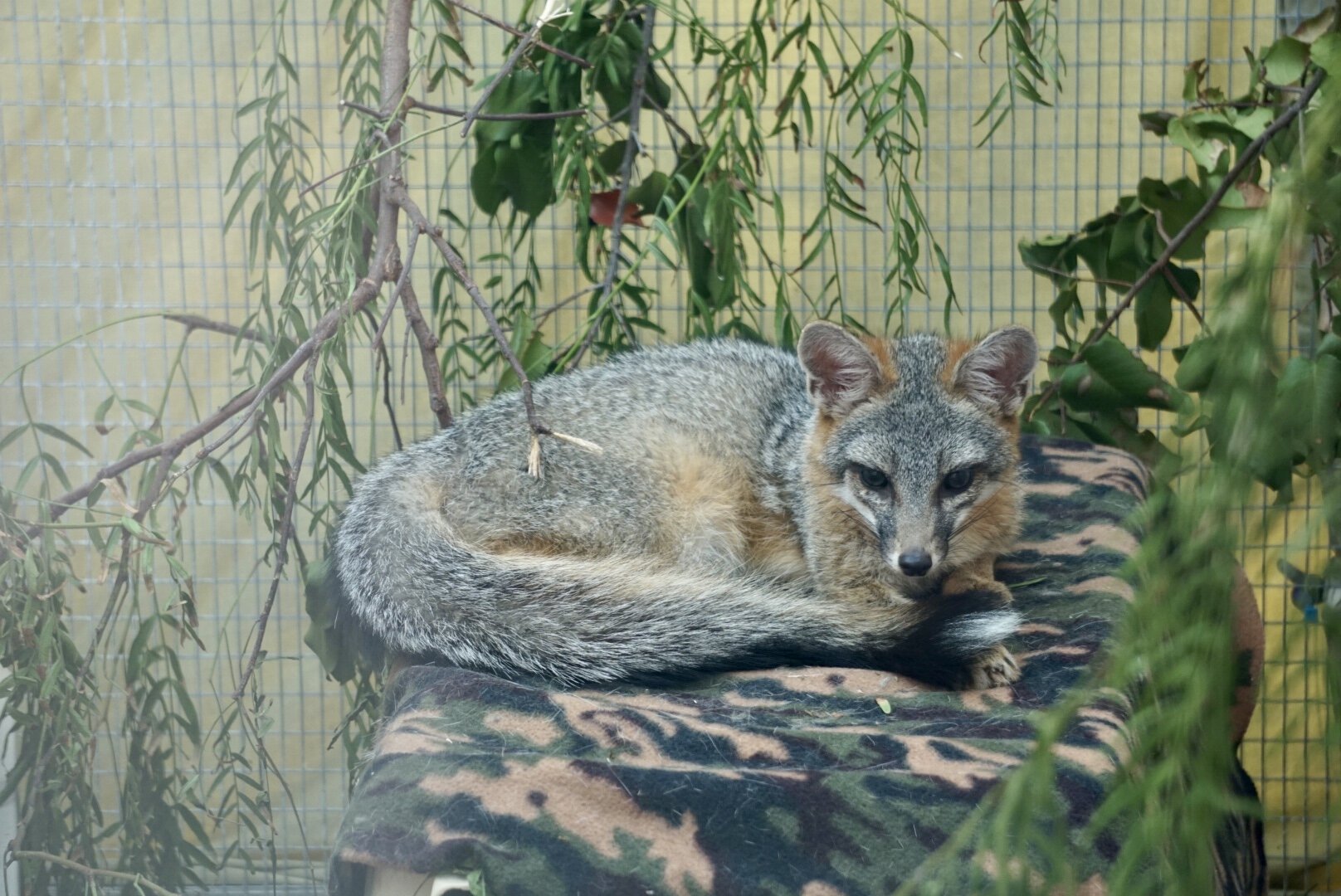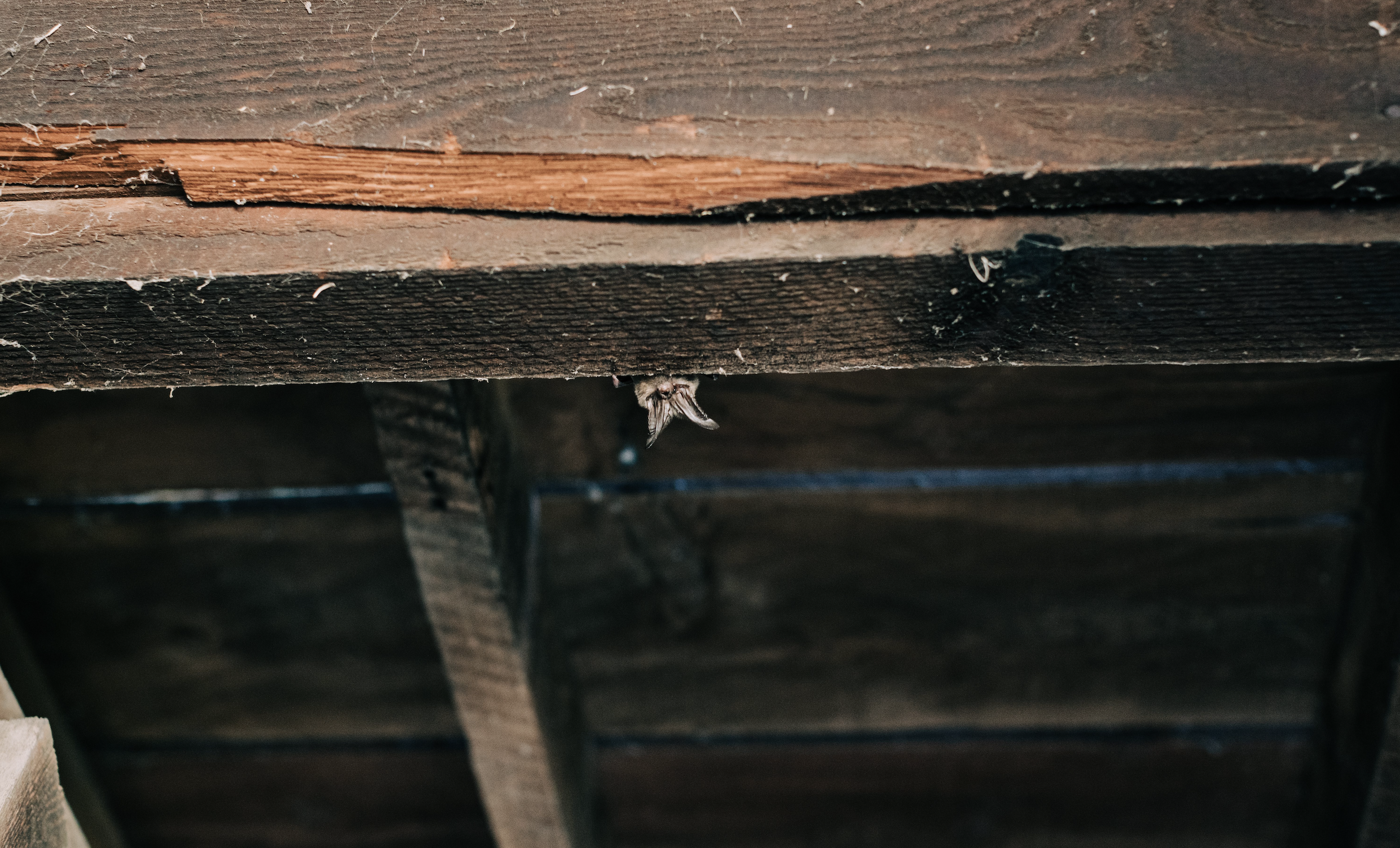
I FOUND A RABIES VECTOR SPECIES
To avoid the risk of transmitting rabies, extra caution is encouraged with the following rabies vector species. If you ever come across any of the species listed below, don’t touch them; call the SBWCN Helpline for assistance: (805) 681-1080.
For more information about rabies, click here.
All mammals, including humans, are susceptible to infection with rabies virus. In California, skunks and bats are the animals that are most frequently identified with rabies. Rabies is occasionally detected in other wild animals such as coyotes, foxes, and raccoons.
If you find any of the following species in need of care, call SBWCN:
Skunks
Coyotes
Bobcats
Foxes
Raccoons
Bats
Do not transport the animal. Avoid touching it, and keep children and animals away from it. For after-hours assistance, please call Santa Barbara County Animal Services: (805) 681-5285
If you see a bat, do not touch it. Bats are a high-risk rabies vector species. Testing reveals that bats are one of the most likely species in CA to carry and transmit rabies.
If you believe the bat is in need:
Call SBWCN immediately.
Do not try to transport the bat yourself.
Evaluate whether the bat actually needs rescue. If it is:
in an outdoor umbrella: it is probably fine. Bats love to hide in umbrellas!
in your eves: leave it alone. If it’s outside and up high, it’s probably fine.
in a very odd spot and not moving away: call us at (805) 681-1080 and explain the situation
If a bat is in your pool or pond, use the pool net to scoop it out and turn the net over so it can’t escape then call us. Bats shiver to warm up — this is not a sign of rabies. Call us for advice. Remember to not touch the bat!

RABIES FAQ
-
Bats will sometimes seek shelter in the covered space above your door or other spaces around the outside of your home that are shielded from the sun and other environmental exposures. To encourage them to move on, follow these steps:
- Observe the bats in their space. Try to determine how many there are so you know when they all have left. If the bats are actually in your attic and not just on the exterior of your house, this will be harder.
- Shine a bright light into the space where the bats are roosting. Bats dislike bright light and this will make them uncomfortable.
- Play talk radio loudly.
- Observe the roost in the hour before and after dusk. This is the time when bats are going to be the most active.
- When you are sure that all the bats have left, block off the space so they can not return.
- If the bats are in your attic:
Go around your house and fill any small space with caulk. Bats can get into a home through the tiniest space, so make sure to caulk everything.
Hang a bat net at the main entry point. Bat nets act as a one-way exit with no re-entry. Any bats that are still in the space can leave safely but none can return. Netting with a 1/4th mesh works best. Any larger, and bats may be able to get through the holes; but any smaller, bats may be able to crawl on the mesh. Secure the top and sides of the net, leaving the bottom open.
Leave the netting on for at least four clear, mild temperature nights, and watch every night. Once bats are no longer exiting, you can permanently fill the opening.
- If the bats are only roosting on the exterior of your house:
Hang a bat net until you are sure that all bats have left the space. Then permanently seal the space either using caulk or by installing a permanent mesh barrier.
You can also purchase bat houses to give bats an alternative place to live. Remember, bats are an essential part of our ecosystem!


